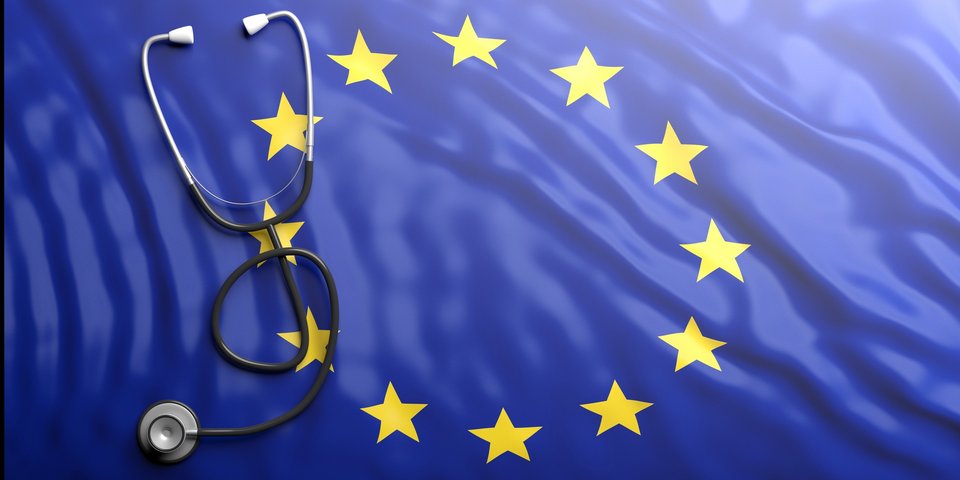 ©Rawf8 - stock.adobe.com
©Rawf8 - stock.adobe.comImplementation of the EU HTA procedure
A huge coordination effort is needed for a European benefit assessment (EU-HTA)
CC – 07/2023
With its Joint Health Technology Assessment (EU-HTA), that the
European Commission introduced in 2021 through Regulation 2021/2282, the EC has undertaken a sensible reorganisation of the
scientific assessment of health technologies (HTA). The EU-HTA harmonises the
benefit assessments of health technologies, including medicinal products and
medical devices. Increased European coordination will make cooperation between
member states more binding.
What is the EU-HTA?
With the help of HTA, the added value of new health technologies
can be evaluated in comparison to current standard therapy. Up to now, HTA
procedures occurred solely at national level, which meant that health
technology developers had to submit their documents several times and sometimes
in different formats for the evaluation procedures in the individual member
states. The EU-HTA process is also intended to reduce this administrative
burden on developers and to increase the quality of assessments according to
the international standards for evidence-based medicine. The joint assessment
will provide national HTA organisations with scientific information that they
can use in their decisions on pricing and reimbursement for a health
technology. It is important that the national HTA organisations can decide for
themselves to what extent they will use and adopt the European evaluation
results.
When will the EU-HTA start?
The EU-HTA will start gradually from 2025. New cancer drugs and
advanced therapy medicinal products (ATMPs) will be assessed.In January 2025.
New orphan drugs will be added from 2028 until all new medicinal products are
assessed together after 2030. It is not yet clear when the procedures for
medical devices will begin.
A huge amount of coordination work is still needed as the
regulation came into force on 12 January 2022 and the first European
assessments in so-called Joint Clinical Assessments will actually take place in
2025. A rolling plan provides an overview of the main activities planned by the
EC and the member states in preparing the implementation.
Which actors are involved?
The “Member State Coordination Group (HTACG)” will play a central
role in the implementation. This will be in close exchange with the EC, which
will support it administratively. A common methodology is currently being
developed in four subgroups so that the European evaluation results can be used
meaningfully by the national HTA organisations. For Germany, the Federal Joint Committee (G-BA) and the Institute for Quality and Efficiency in
Health Care (IQWiG) are both represented in the coordination group. In this
context, it is possible to draw on the preparatory work of the consortium EUnetHTA 21, in which 13 member states are involved.
Who will design the transition period?
The German G-BA will have an important role to play in the
transition period until 2025. As from September it will be advising health
technology developers with regard to regulatory trial procedures. The G-BA will
act as the central contact point and coordinate requests for parallel
scientific advice ("Parallel EMA/HTA body (HTAb) Scientific Advice").
These are intended to enable an early exchanges between the applicant, the HTA organisations
and the European Medicines Agency (EMA) to ensure that the different
requirements are integrated in several European Member States (e.g. selecting
comparators, relevant outcomes, quality of life, patient groups) in the study
design and the economic evidence generation plan.
A huge amount of coordination is still needed before the EU-HTA is
implemented in January 2025.
